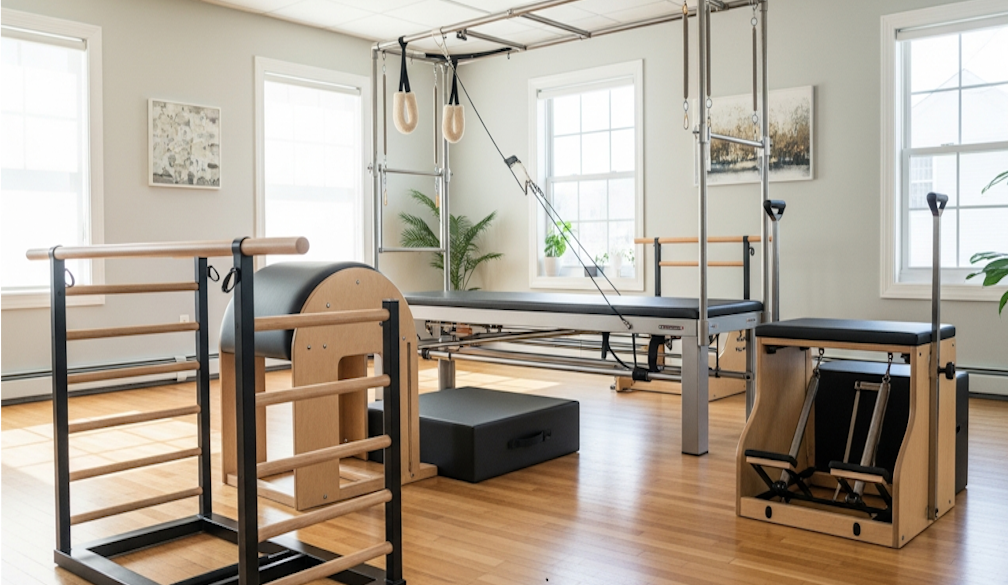How to Choose the Right First Aid Kit for Your Workplace

Ever walked past your workplace first aid kit and wondered if that dusty box actually contains what you'd need in a real emergency? We know that feeling!
Most Australian business owners we've spoken with admit they haven't given their first aid kits much thought since installation day. However, that could be a costly oversight.
When emergencies strike, having the right medical supplies within reach isn't just good business practice; it's a legal requirement with serious implications for workplace safety. Let’s understand why it is necessary to care about first aid in the workplace and how you choose the right one for your business.
The Legal Requirements You Need to Know
Your legal responsibility doesn't end at simply having a first aid kit somewhere on the premises.
Australian regulations actually specify what your kit should contain based on your specific workplace. As outlined by Safe Work Australia, every Person Conducting a Business or Undertaking (PCBU) must ensure first aid equipment is provided, accessible and properly maintained. Skip this research, and you're potentially facing compliance issues that go beyond a slap on the wrist.
Every business, regardless of size, must provide properly maintained first aid kits that workers can actually access when needed. Seems obvious, right? Yet we’ve known many workplaces where the kit was locked in a manager's office or stored in some forgotten corner behind stacks of boxes. Don't be that business. Your workers deserve better, and frankly, so does your risk management strategy.
Understanding Your Workplace Classification
Think about your workplace for a moment. Is it a quiet office where papercuts reign supreme? Or a chaotic construction site where more serious injuries are an ever-present possibility?
The number of workers matters enormously when selecting workplace first aid kits. The general rule of thumb breaks down something like this: low-risk environments like offices need one first aider for every 50 workers, while high-risk workplaces like factories need one for every 25 workers. Remote high-risk settings demand even more coverage - one first aider for every 10 workers.
Your kit needs to match these ratios. A small office might get by with a basic kit, while a manufacturing facility needs comprehensive supplies accessible within seconds of an incident.
One construction manager told me they keep multiple specialised kits stationed throughout their site - standard practice for larger workplaces where workers might be scattered across different areas or floors.
Conducting an Effective Risk Assessment
Risk assessments sound about as exciting as watching paint dry. But they're crucial for determining your first aid requirements.
What specific injuries might occur in your workplace? Do you have hazardous materials on site? How far are you from emergency medical services? These questions shape your first aid strategy in ways generic approaches simply can't match.
Think about workers with known medical conditions. Someone with severe allergies might need emergency access to an EpiPen. Workers with asthma might need quick access to relieving inhalers. Consider the possibilities and act smartly to prepare for an emergency.
Pre-Made vs Custom-Made Solutions
Walk into any safety supply store, and you'll face rows of pre-made first aid kits. They're convenient, but are they right for your workplace?
Pre-made kits offer standardised supplies that meet basic requirements, ideal for low-risk environments where injuries tend to be minor. They come ready to use and typically include items for treating cuts, burns and basic injuries.
Custom kits, meanwhile, can be tailored to your specific industry risks. A welding workshop might need specialised eye wash stations and burn treatments. A childcare centre might need pediatric-specific supplies that standard kits don't include.
The truth? Most businesses benefit from a hybrid approach - starting with a quality pre-made kit from reputable wholesale medical supplies providers, then supplementing with industry-specific items.
Essential Components of an Effective First Aid Kit
Now that we’ve covered the basics, let’s jump on and discuss what industry experts recommend including in any workplace kit:
- Adhesive dressings in various sizes for minor cuts and abrasions
- Gauze pads and bandages for larger wounds and injuries
- Antiseptic solution to clean wounds and prevent infection
- Disposable gloves to protect both the injured person and the first aider
- Scissors and tweezers for removing foreign objects safely
- Emergency contact information for medical services
- Burn dressings appropriate to your workplace risks
- Eye wash solutions if chemical exposure is possible
- Resuscitation masks for CPR administration
For comprehensive guidance on workplace first aid requirements, refer to the detailed resources available through SafeWork NSW.
Strategic Placement Considerations
Where you place your workplace first aid kits matters almost as much as what's inside them.
The 3-minute rule is worth remembering: in a serious emergency, workers should be able to access first aid within three minutes. That might mean installing multiple kits throughout larger workplaces.
Further, kits should be clearly marked with visible signage and located in areas accessible to all workers. They need protection from contamination and extreme temperatures, which can degrade supplies faster than you'd expect.
Implementing an Effective Maintenance Schedule
Here's where most businesses drop the ball - regular maintenance and upkeep of their first aid kits.
Assign someone specific responsibility for checking kits monthly. They should verify that items haven't expired (yes, medical supplies also expire) and that used items have been replaced promptly. They need to confirm that nothing has been contaminated or damaged and that the kit contents list matches what's actually inside.
The Critical Role of First Aid Training
Having the right first aid supplies means nothing if your team doesn't know how to use what's inside.
First aid training shouldn't be a one-and-done affair. Regular refreshers keep skills sharp and confidence high when emergencies occur. CPR certification, in particular, should be updated annually.
Consider organising regular "kit familiarisation" sessions where team members physically handle the supplies and practice using them. This hands-on approach builds muscle memory that proves invaluable during high-stress emergency situations.
Making a Strategic Investment in Workplace Safety
Quality workplace first aid kits aren't places to cut corners. The difference between premium and budget supplies often becomes apparent at the worst possible moment.
Australian businesses have access to excellent wholesale medical supplies providers who can offer guidance beyond simply selling products. Look for suppliers who understand compliance requirements and can help tailor solutions to your specific workplace needs.
Remember that your first aid kit is an investment in both compliance and worker safety. The right kit, properly maintained and accessible, quite literally saves lives when seconds count.

























